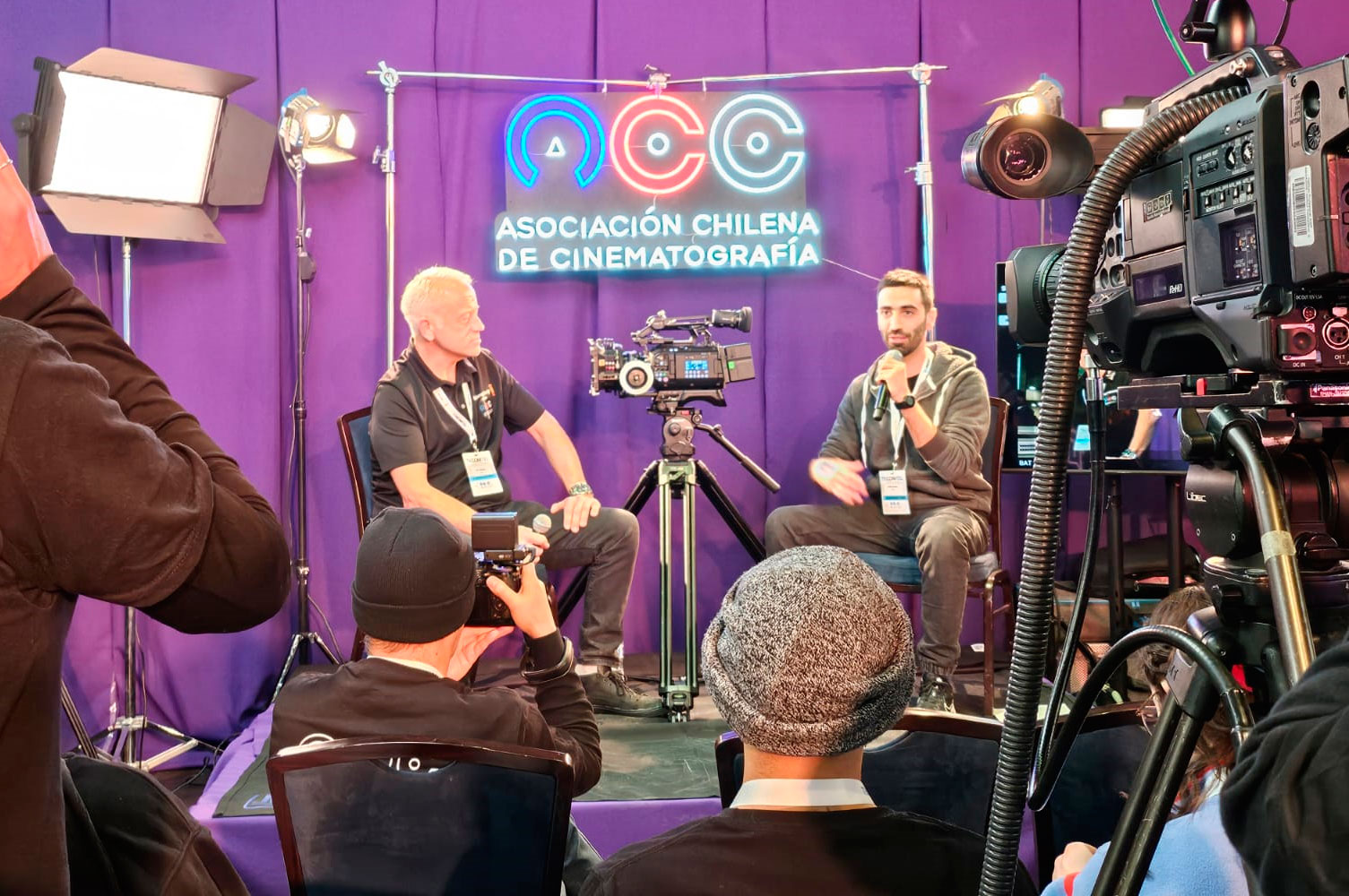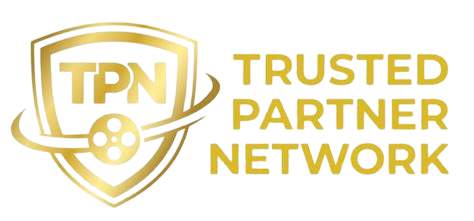In the 1960s, Pepsi rolled out its “Come Alive! You’re in the Pepsi Generation” campaign and it thrived in English-speaking markets. But when it reached China, the slogan came across as “Pepsi brings your ancestors back from the grave,” challenging deep-seated beliefs about ancestral respect. That blunder taught us a critical lesson.
Why Cultural Adaptation Matters
Picture this: a British ad says “It’s a piece of cake”, but that idiom falls flat when literally translated as “es un pedazo de pastel” instead of using the Spanish “pan comido.” That’s where skilled linguists shine. They don’t just translate, they transform content to resonate with local humor, customs, and expectations.
Successful cultural translation involves more than language mastery. It requires:
– Deep understanding of local values and taboos
– Sensitivity to tone, humor, and visual symbols
– Awareness of how context shifts across borders
This is where the human touch outperforms automatic translation – every time.
What Success Looks Like
Take Disney’s Inside Out as a shining example. In the U.S. version, Riley is disgusted by broccoli. But in the Japanese release, animators swapped the offending veggie for green bell peppers, because Japanese kids love broccoli. That’s more than translation; it’s strategic localization.
Another win: Coca-Cola’s “Share a Coke” campaign. The original version swapped the brand logo for popular first names. When expanding to China, however, they adapted it to phrases like “Close friend” or “Classmate” due to different naming conventions and privacy preferences. The result? A culturally tailored campaign that struck a chord.
Even streaming giants lean on cultural adaptation:
– Money Heist Korea – Joint Economic Area logged 17.55 million viewing hours in its first 28 days on Netflix worldwide, proving that shifting a Spanish heist story into a Korean context can ignite global interest.
– Netflix’s Wednesday amassed 341.2 million hours watched in its first seven days, with localized dubbing teams carefully preserving the show’s dry humor in more than 35 languages.
– Bridgerton Season 3 recorded 627.1 million hours viewed in its first 28 days, thanks in part to regional dubbing that swapped afternoon tea metaphors for local favorite chai rituals.
Avoiding Cultural Pitfalls
Cultural awareness isn’t just damage control; it’s a strategic advantage. When global campaigns are thoughtfully adapted, they spark connection, not confusion. Instead of missteps, brands can build trust and resonance across borders. Here’s how to sidestep those landmines:
– Never rely solely on AI or literal translations as machine outputs often lack nuance
– Use local consultants or native speakers during content review
– Adapt idioms, jokes, visuals, and references thoughtfully; not just the words
Transliteration can preserve a name’s sound, but cultural insight ensures it lands well. With the right approach, global content doesn’t just travel; it thrives.
The eSteno Approach
At eSteno, we combine the power of technology with the precision of human expertise. Our multilingual services go beyond translation; we offer culturally mindful adaptations that are cost-effective, competitive, and maximize impact in any market.
Let’s make your content speak their language in every sense of the word.
Explore our translation services now.





